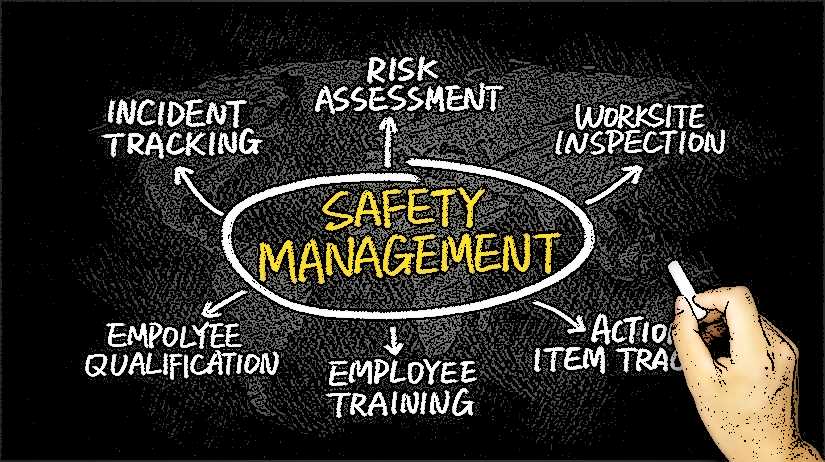In an age marked by the impact of COVID-19 and a heightened awareness of workplace safety, warehouse managers face unprecedented challenges. Beyond the ongoing pandemic, warehouses are inherently risky environments with potential hazards. From slips, trips, and heavy lifting injuries to chemical spills and machinery entanglements—maintaining a safe warehouse is more critical than ever. The stakes? Not just the well-being of your employees but also the overall productivity and efficiency of your operations.
The Broad Spectrum of Warehouse Hazards
1) Physical Injuries: More Common Than You Think
Falling objects, trip hazards, and manual lifting incidents are all too familiar in warehouse settings. The consequences range from minor abrasions to severe injuries, significantly affecting morale and productivity.
2) The Menace of Chemical Hazards
Warehouses that store or use chemicals intensify the level of danger. Spill accidents aren't just harmful—they can be fatal. Stringent protocols are essential to prevent these high-stakes mishaps.
3) Machinery Entanglements: A Lurking Risk
Heavy machinery like conveyor belts and forklifts can be unforgiving when misused. A lapse in attention can cause employees to get entangled, leading to life-altering injuries or even death.
Top Safety Protocols Every Warehouse Must Adopt
1) PPE: Non-negotiable in a Pandemic World
Even as we continue to navigate the pandemic, wearing personal protective equipment (PPE) is indispensable. Face masks, shields, and gloves aren't optional; they're vital.
2) Prioritise Housekeeping: A Simple Yet Effective Strategy
Good housekeeping can often be the unsung hero of safety measures. Regular checks for stray cords, liquid spills, and debris can drastically reduce slip-and-fall accidents.
3) The Importance of Safety Training
While familiarity with the basics is excellent, ongoing safety training is where the magic happens. Adapt to changing safety norms, equipment updates, and environmental factors to ensure a well-rounded safety education.
4) Adherence to Procedures
Skipping set procedures is akin to inviting danger. Lack of understanding should never be an excuse; seek clarification and ensure you're on the right track.
5) The Shift to Warehouse Automation
If your warehouse hasn't embraced automation yet, you're falling behind. Automation not only increases efficiency but also minimises the scope for human error.
6) Immediate Reporting of Unsafe Conditions
Immediate reporting can be the difference between a near-miss and a calamity. Empower your employees to report unsafe conditions without fear of repercussions.
7) Certified Personnel Only, Please
Specialised equipment like forklifts should only be handled by certified professionals. Period.
8) he Role of Drills: Practice Makes Perfect
Emergency drills for fires, natural disasters, or even pandemics should be a routine part of your safety program. Preparedness can make or break your response to a real-life crisis.
9) Never Work Alone
The sprawling layouts of most warehouses can make isolated work exceptionally risky. Keep monitoring tools functional and ensure you always know your team's whereabouts.
10) Mark Hazard Zones
Signage like 'Danger,' 'Flammable,' or 'No Entry' can provide crucial, instant information that keeps employees alert and aware.
11) Foster Open Communication
Whether through safety feedback meetings or a suggestion box, make it easy for your team to share insights on potential safety improvements.
Conclusion
Ignoring safety protocols can lead to expensive disasters—human health, operational downtime, and legal liabilities, to name a few. Even small details like proper ventilation can significantly influence your warehouse's safety and comfort level.
Adopting a comprehensive safety approach requires a disciplined mindset but yields invaluable benefits—mainly, a secure, valued, and engaged workforce. So, implement these tips and transform your warehouse into a haven of productivity and safety.




